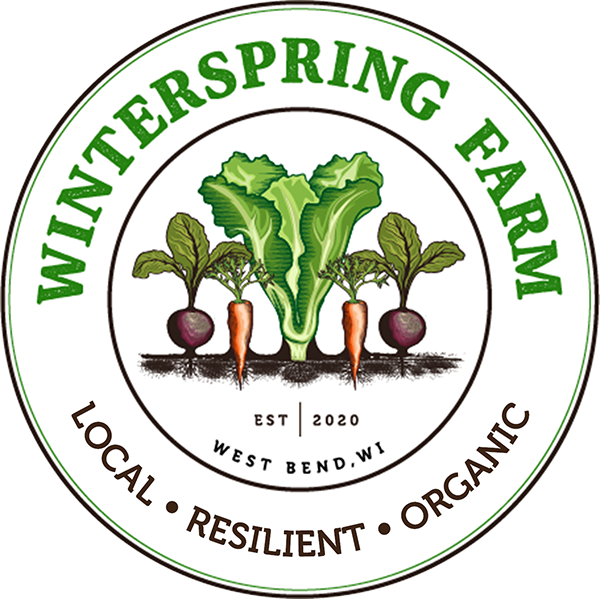Parsley
Culinary Use, Storage, & Benefits
Herb Profile: Parsley (Petroselinum crispum)
Description
Parsley is one of the most quintessential plants that come to mind when someone says the word “herb”, yet few people appreciate parsley for its true potential. Much more than a decorative garnish, parsley is a gentle nourisher with an invigorating, fresh and versatile flavor. We grow Italian flat parsley, having found a preference for the texture and flavor over curly varieties. It holds up better in cooking, has tender, edible stems, and its flavor is earthy with hints of citrus and clove.
Nutrition
Parsley is full of essential vitamins and minerals, including vitamin C, B complex, calcium, and iron. Claims of toxicity only apply to parsley essential oil (which we do not recommend). It acts as a digestive aid and supports the bladder, kidney, and stomach. It is rich in antioxidants, and even freshens the breath!
Storage
Parsley keeps well in the fridge in a watertight container for up to 5 days. If drying parsley, use a dehydrator (not an oven!), as it bruises and yellows easily. It also freezes easily.
Use
Fresh: Finely chop the parsley, leaves and tender stems and all, and work it into stir-fry, rice and beans, scrambled eggs, sautéed mushrooms, or toss it into salads. This variety is also great for chimichurri.
Dried: After drying, parsley can be used as a base for soups and broths.
Sources:
specialtyproduce.com
The Gift of Healing Herbs by Robin Rose Bennett
The Rodale Encyclopida of Herbs
The New Whole Foods Encyclopedia by Rebecca Wood
Moonwise Herbs
Our own experience!


